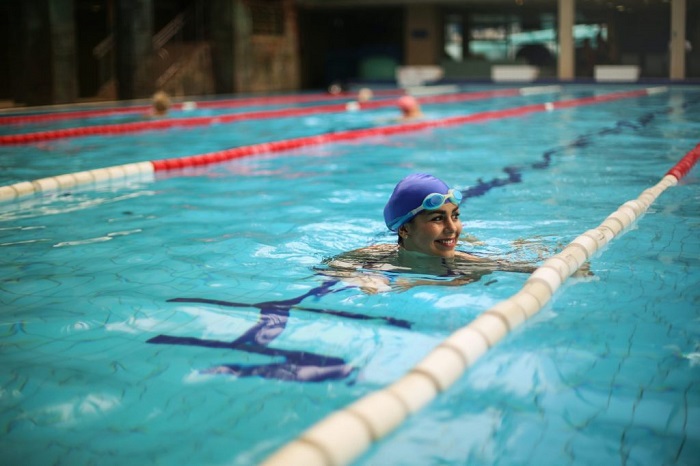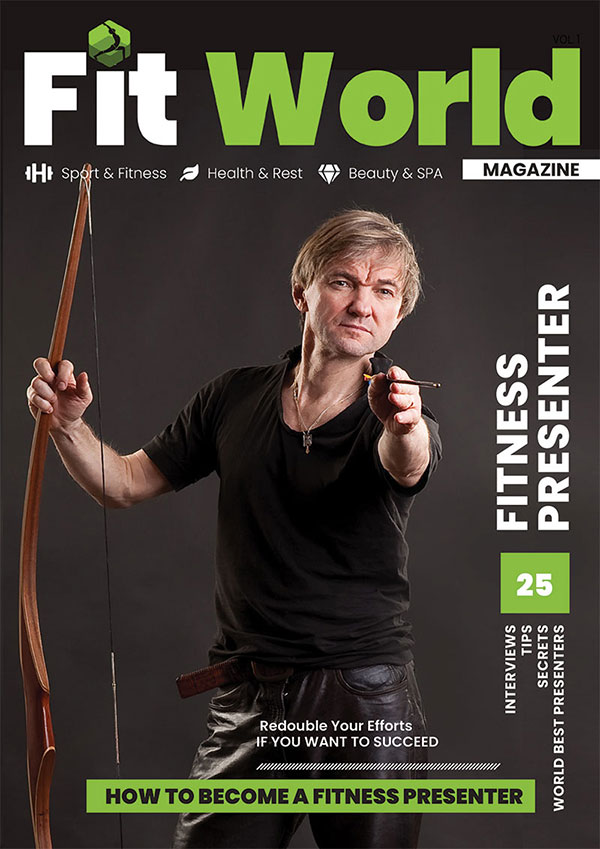Often you can hear that after 40 years there is no point in stretching, they say, on the splits anyway will not sit down.
– Firstly, this is not true! Flexibility is a very individual parameter, and sometimes absolutely unsportsmanlike in youth people at a mature age achieve impressive results. And, conversely, there are absolutely “wooden” in nature of young girls.
– Secondly, muscle stretching is a natural, designed by nature mechanism of self-regulation (remember with what pleasure we stretch in the morning). Thus our body regulates the activity of systems and organs.
With each passing year muscles become more and more rigid, and connective tissue loses its elasticity. That is why shock loads like aerobics or running in mature women can lead to injuries. Stretching, on the contrary, will put the biological clock on pause.
Can pregnant women practice stretching?
Stretching is one of the few types of fitness, which can be practiced at any stage of pregnancy, right up to the birth. Regular exercise makes the skin more elastic and many times reduces the chance of stretch marks.
By activating all major muscle groups, a set of exercises reduces strain on the spine and relieves expectant mothers from lower back pain. Knowing how to feel your body will also help in childbirth: as a rule, women who regularly find time to visit a fitness club give birth easily and painlessly.
Contraindicated during pregnancy are twisting and bending backwards, lying on your stomach, and any exercises that engage the abdominal muscles. If nausea, dizziness, and heaviness in the lower abdomen occur during the exercise, the training should be stopped immediately.
Types of Stretching
All stretching exercises can be divided into three main categories:
– Static stretching. After taking a certain position, a person freezes for a few seconds, sometimes even minutes, concentrating on the muscles involved.
– Dynamic stretching. These are soft springy movements, the amplitude of which becomes wider with each approach.
– Ballistic stretching. Wide swinging movements of the legs or arms, are repeated many times. Usually, it is from these exercises that the warm-up plan is made.
Statistic stretching makes joints and ligaments more elastic, and develops overall flexibility. Dynamic and ballistic varieties are aimed at improving agility, and increasing muscle strength and strength.
Harms and contraindications of stretching
With all its benefits stretching is a serious load on the back and joints. Therefore, in some cases, it is better to refuse stretching classes:
Contraindications:
- The recovery period after fractures.
- Dislocation of joints.
- Hernia of the spine.
- Thrombophlebitis and varicose veins.
- Arthrosis and arthritis in the period of exacerbation.
The greatest harm during stretching exercises brings the desire to achieve the goal as soon as possible. Stretching through tears inevitably leads to injuries, as well as improper technique of exercises. Want to sit on the splits, stop amateurishly! Stretching, especially in the beginning, is worthwhile under the guidance of an experienced instructor.
Tips for beginners
To feel the benefits of stretching, trainers advise stretching for 30 minutes 2-4 times a week. This can be either an independent exercise or part of a training program. In the latter case, the ballistic and dynamic stretching starts with a power or cardio workout and lasts no more than 5-7 minutes. It is right to complete the session with static stretching. There is no need to rush:
– breathe smoothly and calmly;
– Do not make any sudden movements;
– Be able to feel the edge, beyond which a pleasant tension turns into a burning pain.
Stretching shoes might not be necessary at all: in some gyms girls wear socks, but in most cases, they do without them. But the clothes for stretching must be paid special attention to. It must be tight, elastic, and very comfortable. Otherwise, you will be constantly distracted by a dropped shoulder strap or a too exposed waist.
Please note: it is strictly forbidden to combine power exercises with movements that develop flexibility! This will reduce muscle strength and increase the risk of injury.














